 The Tonopah Field Station has recently issued a proposed decision to zero out four more Herd Management Areas (HMAs) for wild horses. The areas span 315,962 acres targeting the Bullfrog, Goldfield, Montezuma, and Stonewall HMAs, further reducing wild horse populations nationally by 333 more wild horses.
The Tonopah Field Station has recently issued a proposed decision to zero out four more Herd Management Areas (HMAs) for wild horses. The areas span 315,962 acres targeting the Bullfrog, Goldfield, Montezuma, and Stonewall HMAs, further reducing wild horse populations nationally by 333 more wild horses.The proposed decision is found in the Montezuma Rangeland Health Assessment that continues to authorize livestock grazing in the area to achieve an eventual stocking rate of 3,164 AUMs or 600 cattle.
The area is also cited as big horn and big game habitat but no management plans or population numbers were provided. Nevada Department of Wildlife (NDOW) protested any wild horse or burro populations being managed in the HMAs at all but to BLMs credit, they rebuked NDOW by stating that they were a multiple-use agency and would not manage for exclusive use of wildlife.
The BLM asserts that the area is too dry for wild horse use and intends to convert all forage allocations for wild burro use within the HMAs yet still reduces their allowable management levels by an additional 80 burros.
The BLM removed approximately 1,400 wild horses and burros within the area between 1995-1996 due to emergency drought conditions. Almost all monitoring data provided within the current Rangeland Health Assessment used data gathered from 1994, two years before the 1,400 equids were removed. What little current data was provided indicated that vegetation and riparian areas have recovered over the last 10 years.
The BLM has reduced livestock forage allocations within the grazing allotments as well as not allowing any livestock grazing within any of the HMA boundaries. The area is very dry with limited water sources and managing for burros may be an appropriate decision, especially considering how little burro populations are now being managed nationally.
However, the Tonopah Field Station is expecting to develop a new land use plan in 2009, barely a year away. During the planning process, alternatives may be developed that prevent the elimination of the 333 wild horses and zero out 4-5 HMAs for wild horse use.
Map of Montezuma Complex Grazing Allotments & HMAs
Please urge BLM to modify their current proposal for zeroing the HMAs out at this time and wait until the development of the 2009 Resource Management Plan so that a reasonable range of alternatives can be explored to preserve and protect the herds.
Additionally, since most of the data used to make this determination was gathered in 1994, the postponement of zeroing out wild horses will allow BLM to collect data on the current populations, which are barely a fraction of what they were in 1996 because BLM misjudged the amount of wild horses and burros remaining, leaving virtually no wild populations at all. Current populations are so low that BLM expects no further removals will be required until at least 2010.
Please protest the zeroing out of these HMAs until more current monitoring data is collected and alternatives can be examined in the 2009 Resource Management Plans.
Bureau of Land Management
Tonopah Field Station
P.O. Box 911
Tonopah, Nevada 89049
Phone: (775) 482-7800
Fax: (775) 482-7810
Assistant Field Manager - Thomas Seley
Email: Thomas_Seley@blm.gov
-Map of HMAs and Grazing Allotments taken from EA #NV-065-2005-042,
Montezuma Complex Rangeland Health Assessment, 2007.
-Big horn photo in Stonewall HMA courtesy of BLM Wildlife Biologist, Bryson Code.


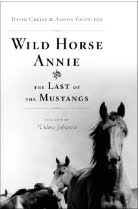



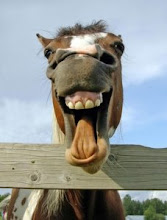




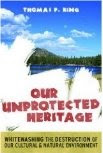



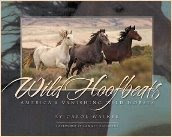




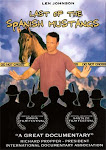





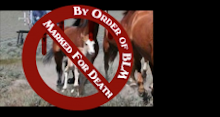
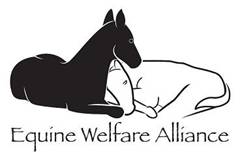
No comments:
Post a Comment